When and how to plant raspberries in the fall?
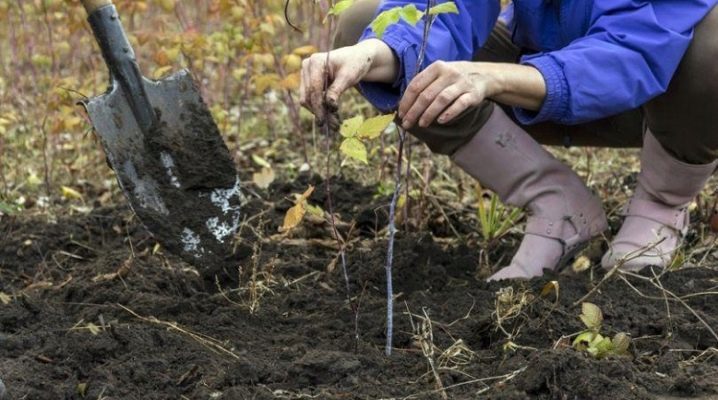
Raspberries are an unpretentious culture that takes root easily. Once every 5-6 years old bushes are recommended to be transplanted, the plant accepts this procedure gratefully, quickly recovers. The transplant can be performed in the spring, but more often this procedure is postponed until the end of the season. Consider when and how to plant raspberries in the fall.
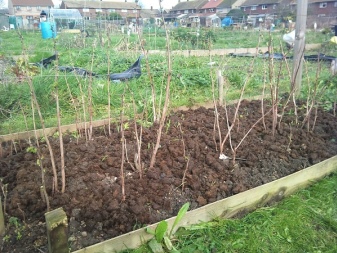
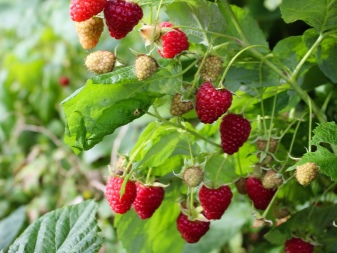
Advantages and disadvantages
Planting shrubs, including raspberries, is more convenient in the fall for organizational reasons... The garden is less hassle than in the spring, all work is completed. There is no need to choose the moment carefully, you can postpone the transplant for a week or several days. In the spring, you need to be in time before the kidneys swell. In many regions of the Russian Federation, with its sharply continental climate and unstable spring weather, it is difficult to guess this term. A plant planted at the wrong time will not have time to take root, it will be forced to cope with a double load: adaptation and growth of green mass. Autumn planting gives plants the opportunity to take root before the cold and retire. Such plants begin to bear fruit faster.
It makes sense to postpone planting for spring if autumn is cold, damp, early frosts are expected.
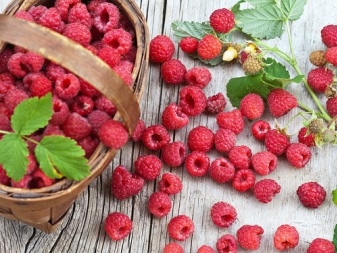
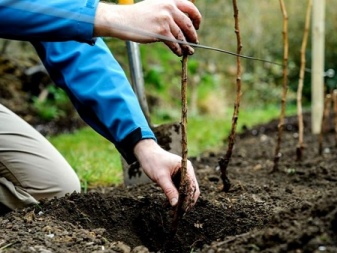
In which month is it better to plant?
The average autumn planting of raspberries is 1 month before the start of frost. The dates are shifted depending on the region. In the southern regions of the Russian Federation, in the Rostov, Astrakhan regions, in the Krasnodar Territory, it can be transplanted in October-November. In the Central lane, in Central Russia and in the Moscow region, they are guided by September. Only some species are planted until mid-October.
In September, you can still transplant in the southern parts of Western Siberia, but on average in the Urals, Siberia and the Far East, either the first days of September are chosen, or bushes are planted at the end of August. In the Leningrad Region, the right time is September, early October. These months are rainy here, but warm enough.

Sapling selection
On sale occasionally there are green sprouts (10-15 cm tall) or potted seedlings obtained from cuttings or rhizomes, but the bulk of the seedlings are one- and two-year-old plants. At the age of 2 years, seedlings of only remontant varieties are sold. They are rare.
To choose a quality seedling, you need to pay attention to the following points.
- Stem... Its length is not important, when planting, the stem is cut off, and the thickness should be at least 0.5 cm. But too thick are not needed either, they suffer more in winter. In order not to buy a dried plant, you need to lightly scrape the bark at the end of the seedling with something hard. If there is a green layer, the plant is alive.
- The beginnings of new shoots at the base... The buds and shoots of high-quality seedlings are clearly visible. It is better if there are several of them.
- Root system... She should be well developed and healthy, with no signs of damage from disease or cold. A good seedling has 2 roots of at least 10 cm and a bunch of small roots of the same length.
Better to buy in the fall. In spring, "fresh" plants are rarely sold, usually this is the remainder from last year - annual seedlings that were kept cool.
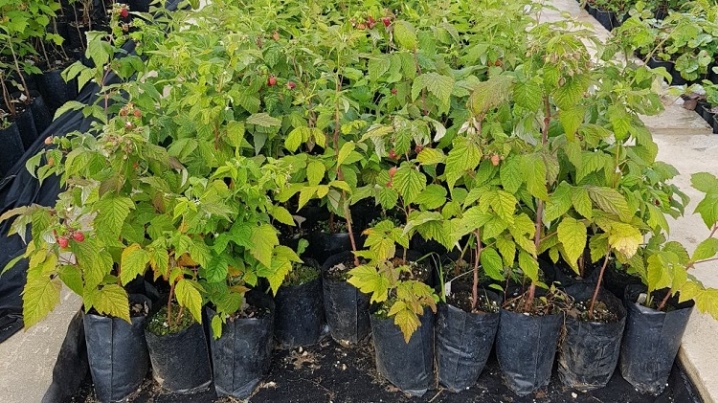
Seat selection
The soil for raspberries should be fertile. Type - sandy loam or loam, PH level - 5.5-6, that is, neutral... Mechanically, the soil should be loose, light, moisture and air permeable. Lowlands, pits and places with stagnant water will not work, the plant will often hurt. As for lighting, raspberries are unpretentious, they can grow in partial shade, but if the goal is good harvests, you should choose a place carefully. The sun should be abundant and long lasting. However, the scorching rays will cause the leaves to dry out, be damaged by burns, and the berries are crushed.
The best locations are east and west, with light shade from the hard midday sun. Shady places are undesirable, lack of light provokes viral and bacterial diseases. The correct choice of variety will help to partially smooth out the exactingness of the culture. There are varieties that are resistant to heat that can bear fruit well in partial shade.
Raspberries do not like drafts, it is better to plant them along fences or other plantings that protect from strong winds.

Raspberries should not be planted in areas where such crops used to grow.
- Old raspberry bushes, especially if they were unnecessary varieties... Raspberries can sprout even from a small piece of root. Old plantings accumulate pathogens.
- Potatoes, any nightshade, strawberries and strawberries - they have common pests.
Healthy neighbors: calendula, yarrow, marigolds, tansy, spicy crops (basil, marjoram), elderberry and apple. All of them repel raspberry pests. Apple and raspberries have a mutually positive effect on each other. Unwanted but acceptable neighbors: currants, gooseberries, honeysuckle, mountain ash, pear, plum.
The best predecessors are.
- Siderata. If there was a lot of wheatgrass in the area, rye is best. It is grown to 10 cm, then plowed into the soil.
- Legumes.
- Zucchini, cucumbers.
- Garlic, onions.
Sorrel, sea buckthorn and even some weeds (broom) will help limit the growth of shoots. Good places for raspberries are along paths, buildings, fences. It is not recommended to plant it along large trees - crops will compete for food, and care will become more difficult.
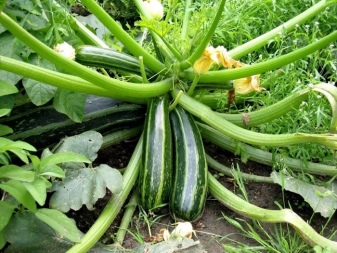

Preparation
It is better to prepare the soil 3-4 months before planting, especially if the seedlings have an open root system. Fresh fertilizer can burn the roots. The land is carefully examined for weeds with an active root system, all wheatgrass or horsetail rhizomes are selected. Raspberries have superficial roots, competitors will have a bad effect on their activity. It is advisable to dig the beds around the perimeter, leaving a strip of 1.5 m, to mulch. Trampled soil is undesirable.
When digging a site, top dressing is applied. For 1 sq. m need:
- humus or rotted manure - 8 kg;
- superphosphate - 40 g;
- potassium sulfate - 30 g.
Nitrogen is undesirable, it is better for them to fertilize in the spring. Acidic soil is deoxidized with ash, slaked lime, dolomite flour or chalk. Sand is added to peat soils - 5 kg per 1 sq. m.
If you plan to apply fertilizer directly to the planting holes, then the numbers are as follows:
- humus or compost - 5 kg;
- superphosphate - 30 g;
- potassium sulfate - 20 g.
The amount of fertilizer is indicated for a medium-fertile plot. Fertilizers should be applied to the planting pits as follows: they fall asleep to the bottom of the fertilizer, carefully loosen it with a rake, then sprinkle it with a 2-3 cm layer of soil, again slightly loosen it and cover it with a layer of ordinary soil 5 cm.This is necessary so as not to burn the roots. The standard depth of the planting pit is 40 cm, but taking into account fertilizers, they dig 10 cm more. It is better to prepare the land for different varieties separately. Early, late, remontant varieties need different care, and the harvest takes place at different times. Pruning is required before planting. It balances the aboveground and underground parts. Before planting seedlings, they must be cut so that the shoots are no more than 40 cm in length.

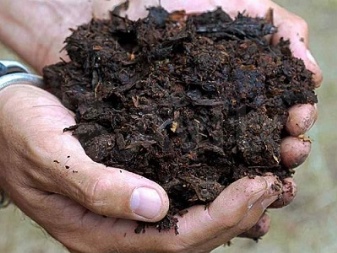
The ways
General rules for planting all shrubs with open roots for beginners.
- The seedlings are soaked for 6 hours in water with Epin's solution so that the roots are nourished and elastic before planting.
- A mound of fertile soil is poured into the hole.
- The roots of the seedling are straightened, placed on a mound.
- Slightly lifting and shaking the seedling so that the soil fills the voids between the roots, they begin to cover with soil. Raspberries really do not like voids.When the soil subsides, the roots can be torn apart.
- The soil is well compacted.
- After planting, the plant is watered. The raspberry bush will require a bucket of water. Repeat watering after 3-4 days. If the weather is damp, you can water the newly planted seedling not immediately, but after a day.
- If the gardener is rarely in the country or in the area, the seedlings immediately after watering are mulched with sawdust, rotten straw, humus. Old boards, shavings, sawdust, branches are suitable, cover with a layer of compost on top. In nature, raspberries love areas among the windbreak.
Raspberries should not be planted deeply, the growth bud should be 2-3 cm below the soil level... It is easier to plant seedlings with a closed root system, they are removed from the wrapper, installed in the pits at the desired height, covered with soil, compacted, watered. Before planting, the plants can be soaked in a special chatter box. They dig a hole at the site of the future planting, pour a couple of buckets of water, pour 1/3 of the ash bucket. Gradually adding earth, a creamy mixture is obtained. The roots of the seedlings are dipped in it. Such seedlings can wait up to 2 weeks for planting. There are three ways to plant a simple garden raspberry outdoors.
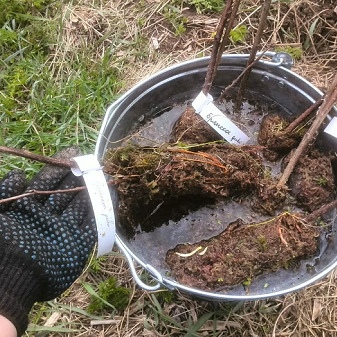
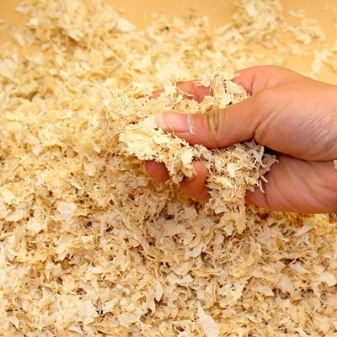
Bush
Raspberries are planted in individual pits. Dig holes 30 cm in diameter and 40 cm deep. The distance between the bushes is maintained 50 cm, between the rows you need to leave 1.5-2 m each. The bush method is classic, it is widely used in the territory of the Russian Federation. Suitable for those with few plants.

Tape
Tape planting involves the preparation of the entire area for seedlings, then pits of at least 1 meter are dug, the seedlings are placed in 3-4 rows. Between the plants they stand 15-20 cm.Sometimes, planting in 1 row, or in 2 rows, is called the tape method. They keep 40-80 cm between the rows, 40-50 cm between the bushes.
The specific distance is selected based on the characteristics of a particular variety: height, ability to form shoots, presence of thorns, ease of care and harvesting.
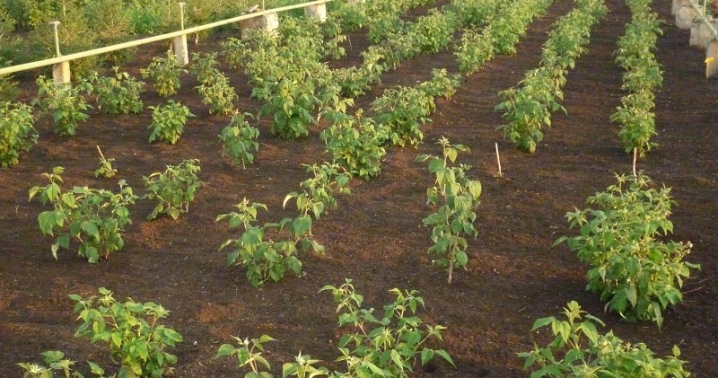
Trench
This method of planting raspberries is widespread in Europe. It is labor intensive but will provide high yields. It differs from the ribbon one in that a nutritious pillow is prepared for planting. How to plant raspberries in trenches?
- Dig trenches 50-60 cm wide. Depth - 45 cm (2 shovel bayonets).
- When digging, it was not necessary to remove the soil where it was necessary, but to fold the 1st, more fertile layer in one direction, the lower clay layer in the other.
- If the ground is very heavy, the bottom of the trench is loosened with a pitchfork.
- At the bottom, 150 g NPK (azofoski) are poured for each meter of length.
- The fertilizer is leveled with a rake.
- Then a layer of humus or manure of 15 cm is poured. It is also leveled with a rake.
- Pour a layer of ordinary earth 25 cm. Slightly crush.
After 2 weeks, when the "pillow" has settled, raspberry bushes are planted in the trench. Bad soil will be useful for making sides around the future raspberry tree.

How to plant remontant varieties?
To properly plant remontant raspberries, you need to take into account one nuance: the root collar should be at the level of the soil. Only in sandy soils, deepening is permissible, no more than 4 cm.Otherwise, the planting is no different from ordinary garden raspberries. After planting, the stem is cut to 20-25 cm. In the spring, when a replacement shoot appears, the old stump is cut to a few centimeters.

Follow-up care
If autumn is wet, no watering is needed.... If the weather is dry, 2-3 abundant watering is carried out, the soil is mulched. Next year, care differs from caring for an adult raspberry only by more careful watering. Even in mature shrubs, the root system is close to the soil surface. Young plants will be even more sensitive to temporary drought. In dry or hot summers, raspberries are watered at least 10 times, from late May to August. At least 3 buckets of water are poured onto 1 meter of plantings. Watering is often unnecessary if it rains. You need to be especially careful about watering in August. At this time, the causative agents of purple spot or anthracnose are active. Dampness combined with night coolness will intensify the defeat, plantings can be completely destroyed.
Shelter for protection from cold weather is mandatory throughout the Russian Federation, except for the south. For the winter, young seedlings mulch well... The plant does not yet have stems that need to be bent and covered, a layer of sawdust 5-10 cm is enough to protect the plant from frost. You can use organic mulch (manure, peat, sawdust, spruce branches) and inorganic (agrofibre, polyethylene, polystyrene, roofing material). Manure is spread in a layer of 5-8 cm. It will not only protect the plant roots from frost, but also enrich the soil. Sawdust perfectly retain moisture, the layer is selected depending on the climate, in Siberia it should be at least 12 cm.If foliage from healthy plants is used as a shelter, the layer should be at least 30 cm.Fruiting will come a year after planting. Next summer, the seedling will gain strength.
The only exception is two-year-old saplings of raspberry remontant. They will harvest the next year after the autumn planting.















The comment was sent successfully.